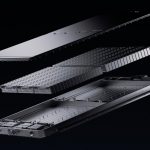Inbox icons, subject line sorcerers, CTA kings – the results are in. The 2025 You Mailed It Awards by Everlytic have crowned their champs, with Old Mutual Rewards and Machine_ taking…
Review: Volvo XC40 P6
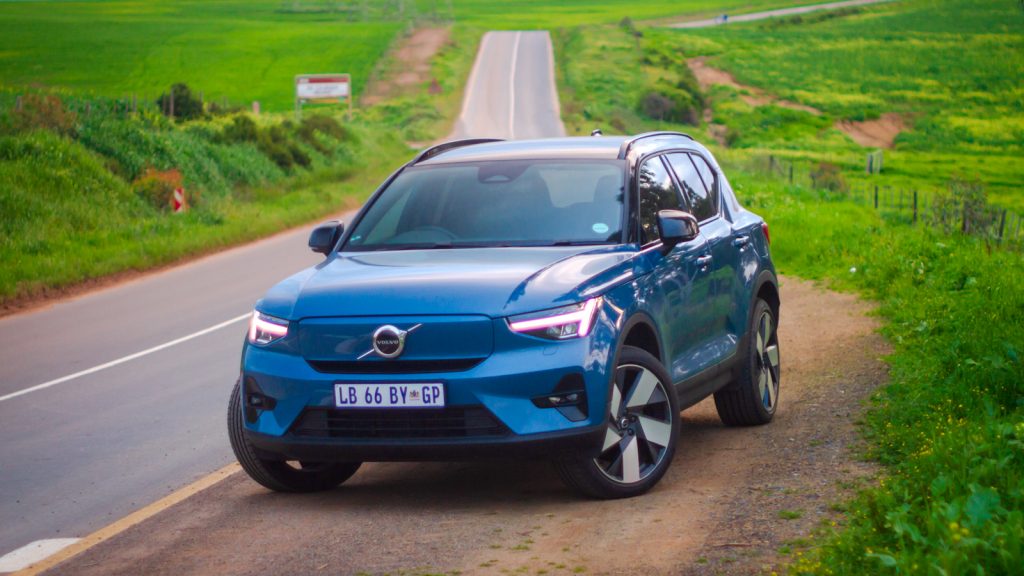
XC40 has made the most compelling case for EV ownership in South Africa. How? A combination of pricing and clever design.
How has Volvo created and delivered a stylish crossover EV with decent range at a price that Audi, BMW and Mercedes-Benz can’t? As with all things related to EVs, it’s about the Chinese influence.
Geely owns Volvo, and the Chinese company’s enormous resources and purchasing preference deals with the world’s best battery makers (who happen to be Chinese), give Volvo an advantage.
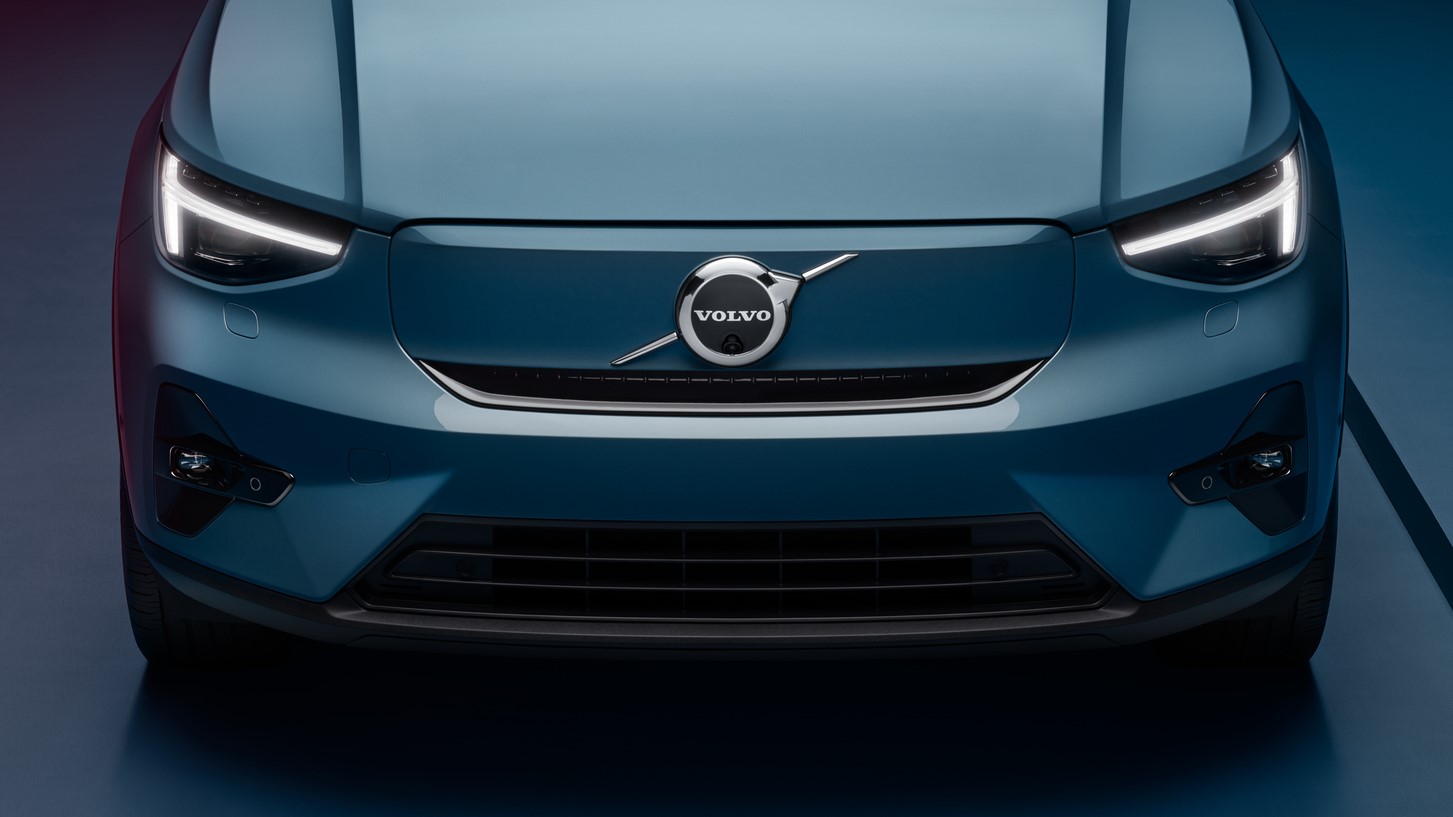
Typical Swedish design
Volvo’s exterior vehicle design has always been iconic. Even when the execution is subtle, Volvo design has presence without the ostentation which afflicts some rival luxury car brands. The XC40 has aged remarkably well since its launch in 2018 and the P6 version looks even slicker, without those rear exhaust ends.
Electrifying a broad-spectrum vehicle platform isn’t without its compromises. You gain the familiarity of cabin architecture and switchgear that legacy customers are accustomed to, but you don’t get all the packaging benefits of a dedicated EV platform.
There’s no arguing with the brilliantly ergonomic and human-centric XC40 cabin. For instance, those deep, shapely door pockets remain a terrifically insightful design feature, created to accommodate tablets and laptops safely away from view.
The touchpoints and interfacing of XC40’s interior remain a class benchmark. Still, it does retain a conventional rearward-orientated transmission tunnel, which takes up legroom for the centrally seated rear bench passenger. And on a true EV platform vehicle, with a flat floor, that would not be the case.
Infotainment and device synching are priorities for Volvo. The Swedish design literacy for UX is particularly high, as you’d expect from the country that brought the world Spotify. The vertically orientated 9-inch touchscreen infotainment system has virtually no task execution lag, and the menu navigation is confidently intuitive.
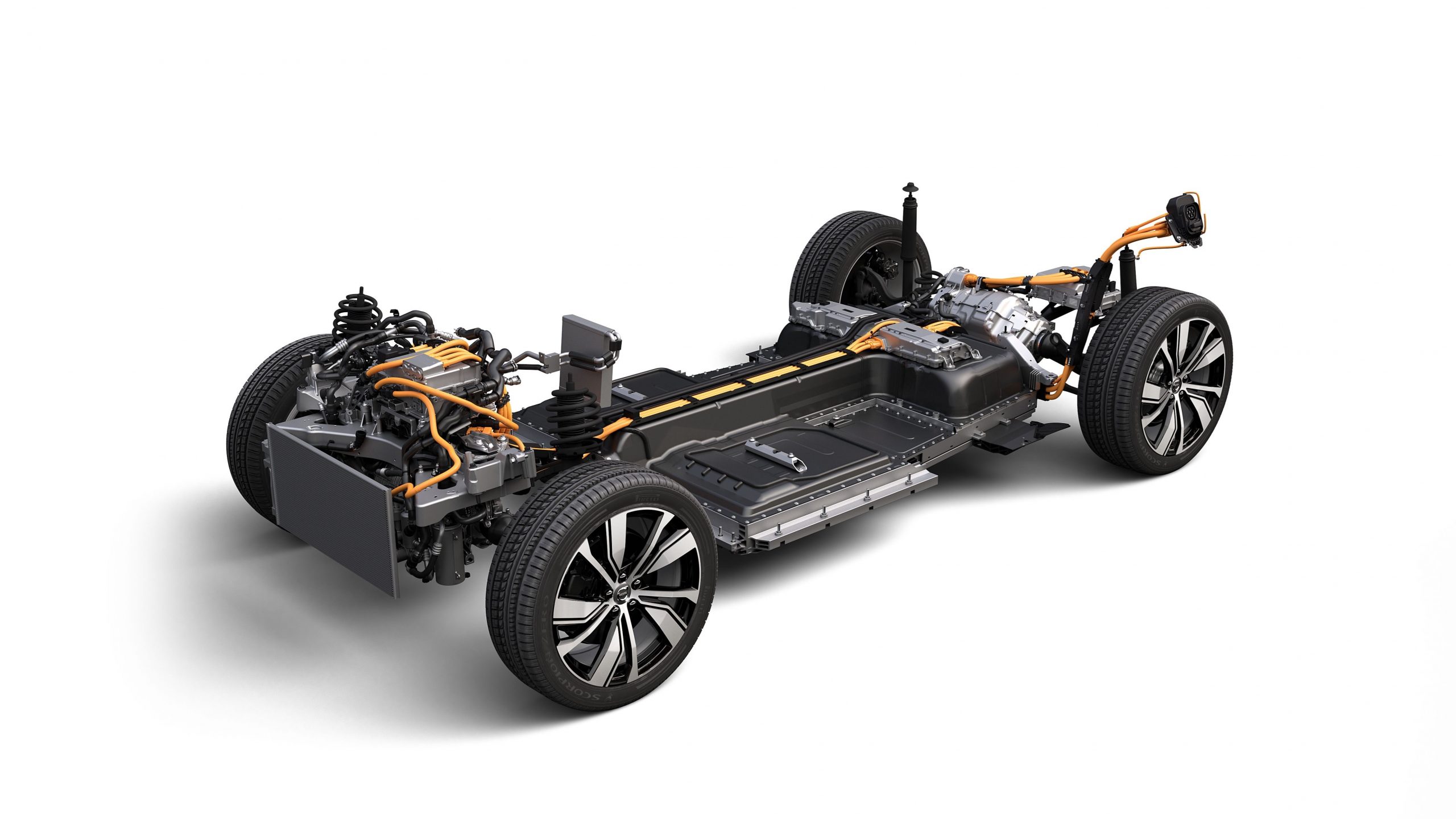
It’s plenty quick enough
But for all the corporate strategy and happy coincidences between the successful merger of Swedish design nous and Chinese corporate scale, what is the XC40 like to drive?
Volvo’s P6 version of the XC40 is front-wheel drive, with a 170kW electric motor powering the front axle. That motor is good for 330Nm of torque, too, and if you do the equivalent turbopetrol benchmarking, those are competitive outputs.
With its instantaneous torque delivery, the XC40 P6 is very responsive from pull away. If you need to occupy that gap in traffic, when navigating lanes on the highway during a morning commute, its throttle responses are immediate and reassuringly swift.
The claimed 0-100km/h time is 7.4 seconds, which would have classified the XC40 P6 as a valid hot hatchback a few years ago.
The XC40 sources its energy from a 69kWh battery pack, with a claimed 423km range. As with all EV, real-world range is a lot leaner than that. South Africa has undulating geography and high cruising speeds, both being driving factors which reduce range.
Driven with intent the real-world range is much closer to 300km. But as an urban commuter with weekend away ability, the XC40 P6 makes a compelling argument.
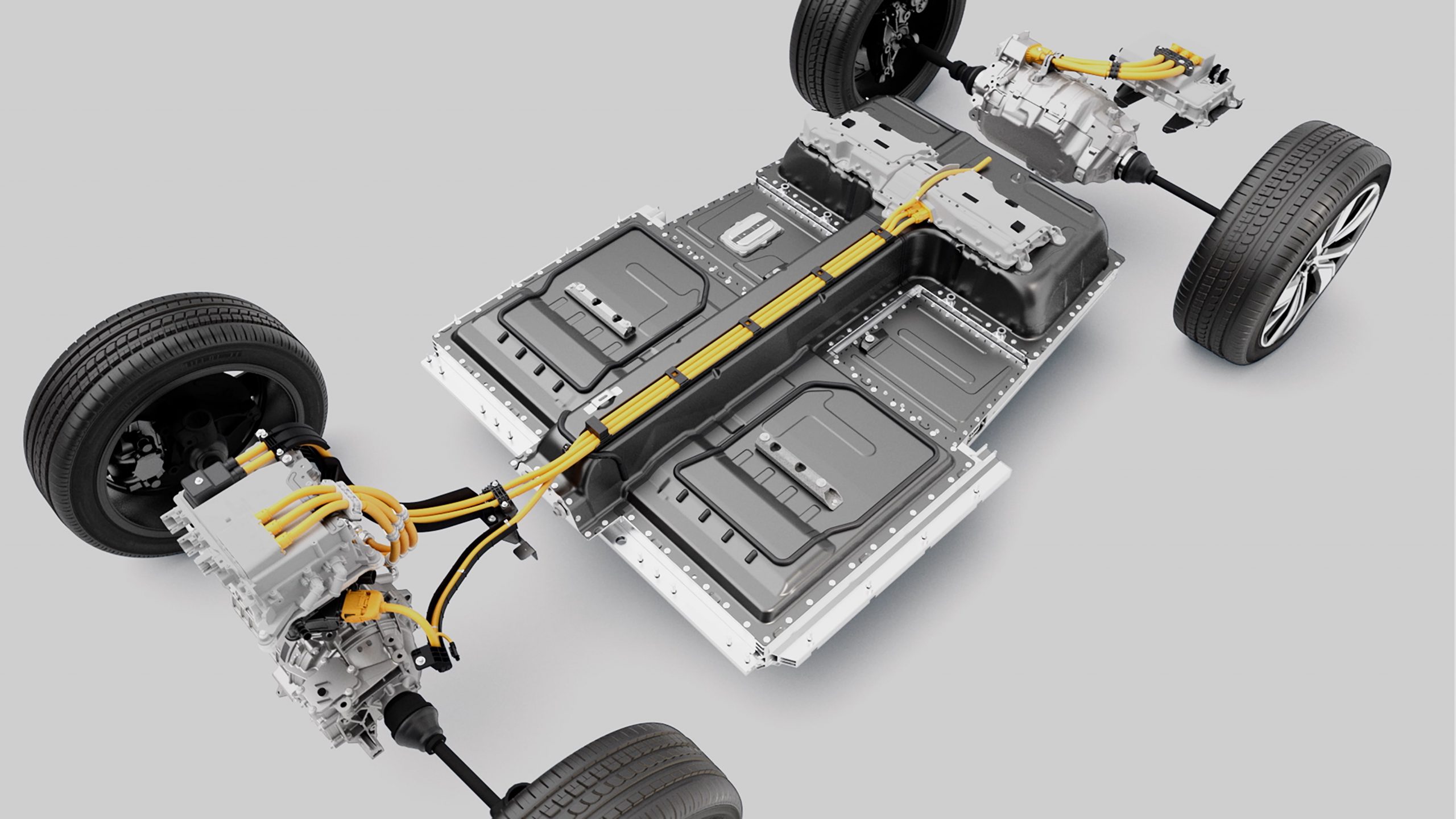
The load-shedding issue
There’s no question that XC40 converts seamlessly to an EV. The solid grille adds to its overall design cohesion, and the cabin remains one of the best spaces to be, as a driver or passenger, on any journey. Whether it’s to the store or another province.
South Africa’s recharging network simply does not have an adequate number of high-capacity chargers. And when load-shedding escalates, you have a problem, because any public recharging intention you might have had, is now hostage to a two- or four-hour delay.
The XC40 P6 combines established Volvo design values with inarguable Chinese technical EV expertise. This is an advantage that Volvo’s engineers and product planners have, above Audi, BMW and Mercedes-Benz, because their parent company is a leading Chinese vehicle manufacturer.
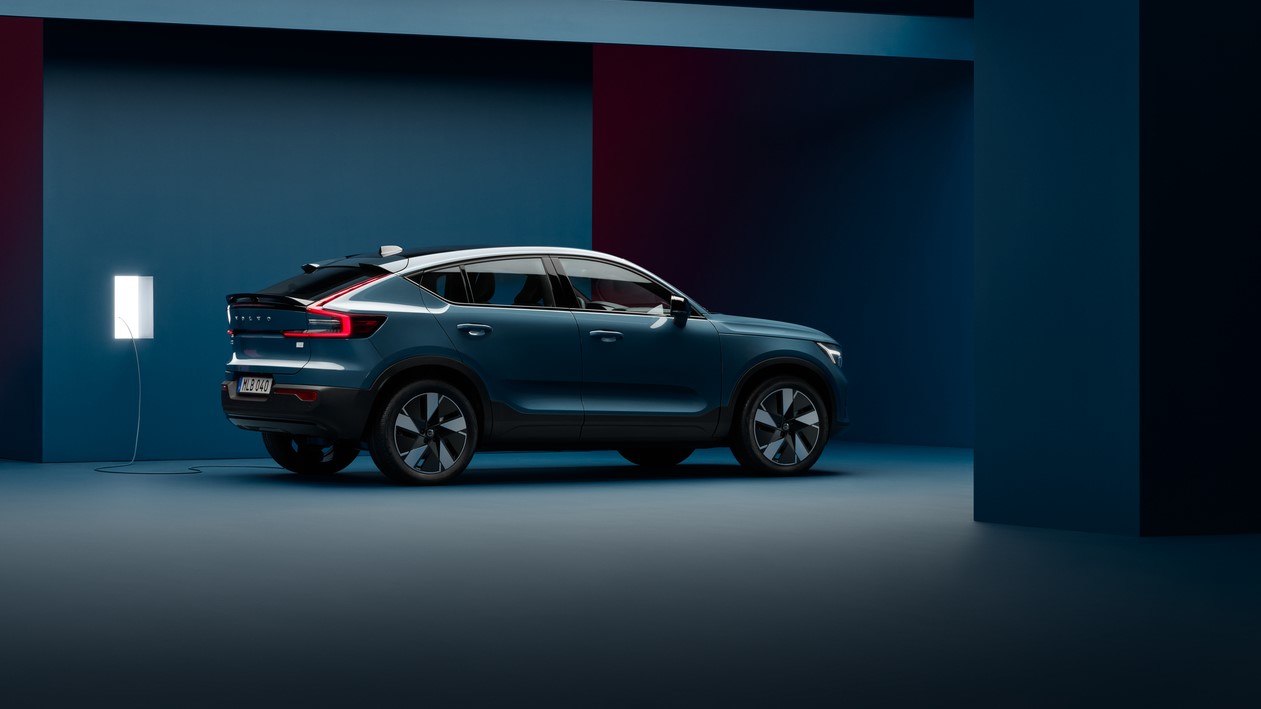
This. Or an EX30?
XC40 P6 ownership is not a question of Volvo preference but rather one of where you live. It makes a lot of sense if you own a home that has benefited from significant off-grid electricity investment.
If you live in an expensive apartment block, it doesn’t. Because the issue of installing high-capacity recharging infrastructure into a shared property, like an apartment block, is particularly challenging.
Perhaps the XC40 P6’s most significant purchasing consideration is not a rival brand or infrastructure. But rather Volvo’s EX30, which is cheaper and has all the benefits of a dedicated EV platform.
*Volvo’s XC40 P6 recharge prices at R1 077 949.
